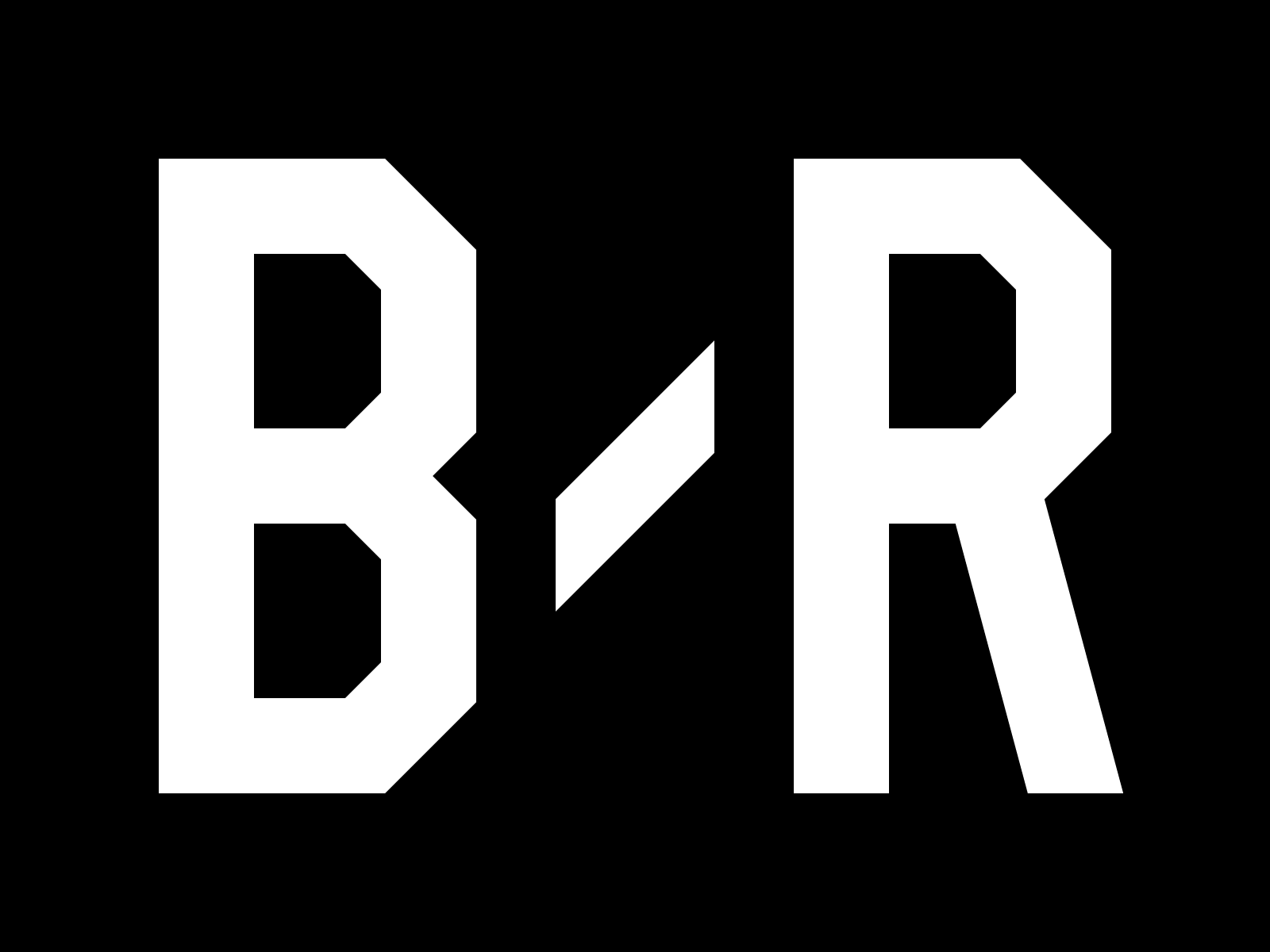It's not all that often that a June trade shakes up the balance of power in a conference.
But such a trade took place over the weekend.
As Ian Rapoport of NFL Network reported, the Atlanta Falcons shipped seven-time Pro Bowl wide receiver Julio Jones and a sixth-round pick in the 2023 draft to the Tennessee Titans for a second-round pick in 2022 and a fourth-rounder in 2023.
In news that should surprise exactly zero people, the trade was met with the approval of Tennessee quarterback Ryan Tannehill.
It's not hard to see why Tannehill was pleased. Sure, Jones is 32 and missed seven games in 2020. But as recently as two years ago, he posted a 99/1,394/6 line. He has surpassed 1,000 receiving yards seven times, topped 100 receptions three times and has averaged almost 10 more receiving yards per game (95.5) than any wideout in the history of the league.
Jones' per-game numbers last year would have equated to 91 catches for 1,371 yards and five scores over an entire season.
Now Jones joins a team that features a young wideout in A.J. Brown who has a pair of 1,000-yard seasons and 19 touchdowns over his first two campaigns. And a running back in Derrick Henry who is coming off a 2,000-yard campaign and has led the league in rushing in each of the past two years.
The Jones trade didn't just shake up the AFC South. It gave the snow globe treatment to the entire conference—so much so that some have posited that the Titans could be the primary challengers to the Kansas City Chiefs in the AFC.
They aren't, but they are on a relatively short list of teams that might be able to knock off the Chiefs. Here's a look at the conference's post-trade pecking order—beginning with the team that has to be the most unhappy that Jones is headed to Nashville.
6. Indianapolis Colts
So much for the Indianapolis Colts' status as the favorites in the AFC South.
The Colts do still possess a couple of advantages over the Titans. Their defense is anchored by tackle DeForest Buckner and linebacker Darius Leonard and ranked inside the top 10 in yards and points allowed last season. The offensive line is led by left guard Quenton Nelson, and Steve Palazzolo of Pro Football Focus rated it as the NFL's second-best.
But that's where the edges run out.
Jonathan Taylor is wildly talented, but he's not Henry. At least not yet. Indy's passing game talent (T.Y. Hilton, Michael Pittman Jr., Parris Campbell) isn't terrible, but it's not on the same level as Jones and Brown.
And while quarterback Carson Wentz has been reunited with the coach (Frank Reich) who coaxed out his best season in 2017, there's no guarantee the Colts will get that Wentz in 2021 and not the Wentz who looked awful for most of last season with the Philadelphia Eagles.
5. Tennessee Titans
The Titans are going to be a nightmare to defend.
In Jones and Brown, they possess the best one-two punch at wide receiver in the NFL. Before this trade went down, Anthony Treash of PFF ranked the top 32 wideouts in the league.
Brown checked in at No. 6, and Treash wrote he "is the leader of the next generation of star wide receivers."
Jones landed one spot above him. If teams load the box to contain Henry, then Tannehill, Jones and Brown are going to shred them over the top.
Conversely, if they play soft to prevent chunk plays down the field, a back with 3,567 rushing yards and 33 scores over the past two years will pummel them into submission.
However, Tennessee also sported the fourth-worst pass defense in the league a year ago and the ninth-worst scoring defense—and the Titans' biggest offseason addition on that side of the ball was an edge-rusher in Bud Dupree who tore his right ACL in December.
4. Cleveland Browns
On paper, the Cleveland Browns could be the Chiefs' biggest threat in the AFC.
The Browns sport a dominant duo of running backs in Kareem Hunt and Nick Chubb, Palazzolo's top-ranked offensive line, a quality quarterback in Baker Mayfield and a solid pair of veteran wideouts in Jarvis Landry and Odell Beckham Jr.
Cleveland took a buzzsaw to the defense in the offseason. There are multiple new starters at every level, including end Jadeveon Clowney and tackle Malik Jackson, linebackers Anthony Walker and Jeremiah Owusu-Koramoah and cornerbacks Greg Newsome II and Troy Hill and safety John Johnson III.
It's a roster without a glaring weakness.
But NFL games aren't played on paper, and Cleveland doesn't exactly have a storied history of meeting expectations. There are a lot of new pieces that will need to mesh. And the offense struggled with consistency a year ago.
Cleveland won't have to wait long to prove itself, though—the Browns will travel to Arrowhead Stadium to face the Chiefs in Week 1.
3. Baltimore Ravens
We know quite a few things about the Baltimore Ravens.
They are led by maybe the most dynamic player in the league in quarterback Lamar Jackson. Jackson was the 2019 MVP and has topped 1,000 yards on the ground in each of the last two years, and, with running backs J.K. Dobbins and Gus Edwards, the Ravens run the ball as well as any team in the league.
We also know the Ravens have a well-earned reputation for being stout defensively. Led by a pair of Pro Bowl cornerbacks in Marlon Humphrey and Marcus Peters, they ranked seventh in total defense in 2020, sixth against the pass and eighth against the run and led the AFC in scoring defense.
But there are questions. Baltimore's additions of veteran Sammy Watkins and rookie Rashod Bateman will help, but the wide receiver spot remains a question mark. So is a pass rush that lost Matt Judon and Yannick Ngakoue via free agency. There are two new starters on the right side of the offensive line in guard Kevin Zeitler and tackle Alejandro Villanueva.
The margin separating the Ravens and Browns in the AFC North is razor-thin.
2. Buffalo Bills
All the Buffalo Bills did in 2020 was tie for the best record (13-3) in franchise history and make the AFC Championship Game for the first time since the days of Jim Kelly and Thurman Thomas.
There's little reason to think they can't have the same sort of success in 2021.
Quarterback Josh Allen exploded into superstardom last year, topping 4,500 passing yards while throwing more touchdown passes (37) than he had in his first two seasons combined (30). One big reason for that leap forward was the addition of wide receiver Stefon Diggs, who led the NFL in catches (127) and receiving yards (1,535) in his first season in Western New York.
The Bills aren't noticeably better than they were last year, though rookie edge-rusher Greg Rousseau could make an impact. But Buffalo did an excellent job to prevent any significant personnel losses in the offseason.
The team that will host the Pittsburgh Steelers in Week 1 is essentially the same one that lost the AFC title tilt at Arrowhead in January—it ranked second in the NFL in total offense but fielded a middle-of-the pack defense.
1. Kansas City Chiefs
There is an old saying that to be the best, you have to beat the best. It's an axiom that applies to the Chiefs, who are the two-time defending conference champions.
It's no secret Patrick Mahomes leads the most potent offense in the NFL. Last season no team piled up more yards per game than Kansas City's 415.8, and only five teams scored more points per game.
That offense had a weakness, though—one that was badly exposed in Kansas City's lopsided loss to the Tampa Bay Buccaneers in Super Bowl LV. But the Chiefs took steps to fortify their offensive line in the offseason, headlined by the trade for tackle Orlando Brown. That line checked in seventh in Palazzolo's preseason rankings.
With arguably the best wide receiver (Tyreek Hill) and tight end (Travis Kelce) in the league at his disposal, Mahomes will continue to carve up defenses, especially if he has more time to throw the ball.
Add in an underrated defense that quietly tied the Colts for 10th in the league with 22.6 points allowed per game and the experience of having played in three straight AFC Championship Games, and the Chiefs are the kings of the conference until someone beats them in the playoffs.



Read 358 Comments
Download the app for comments Get the B/R app to join the conversation